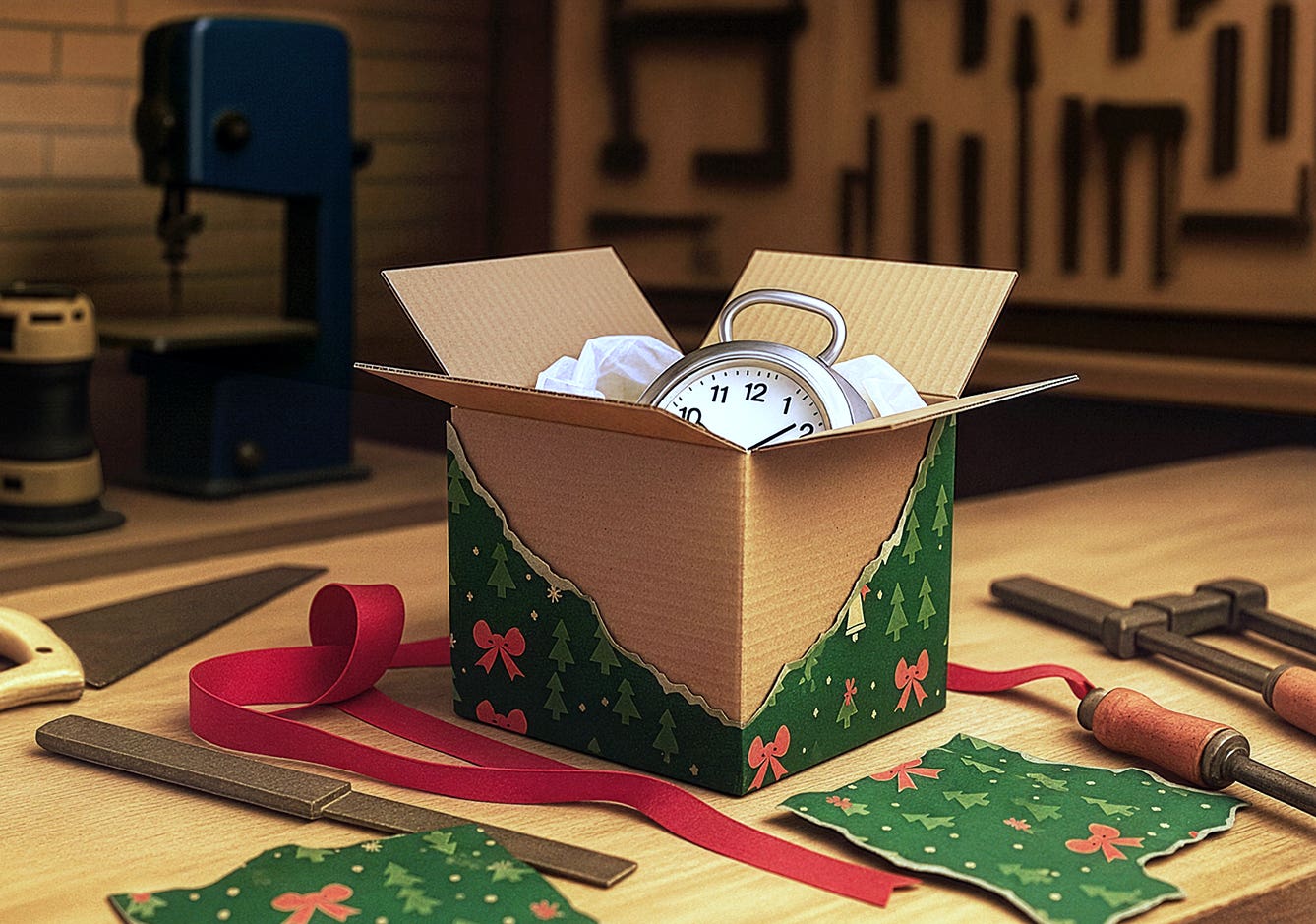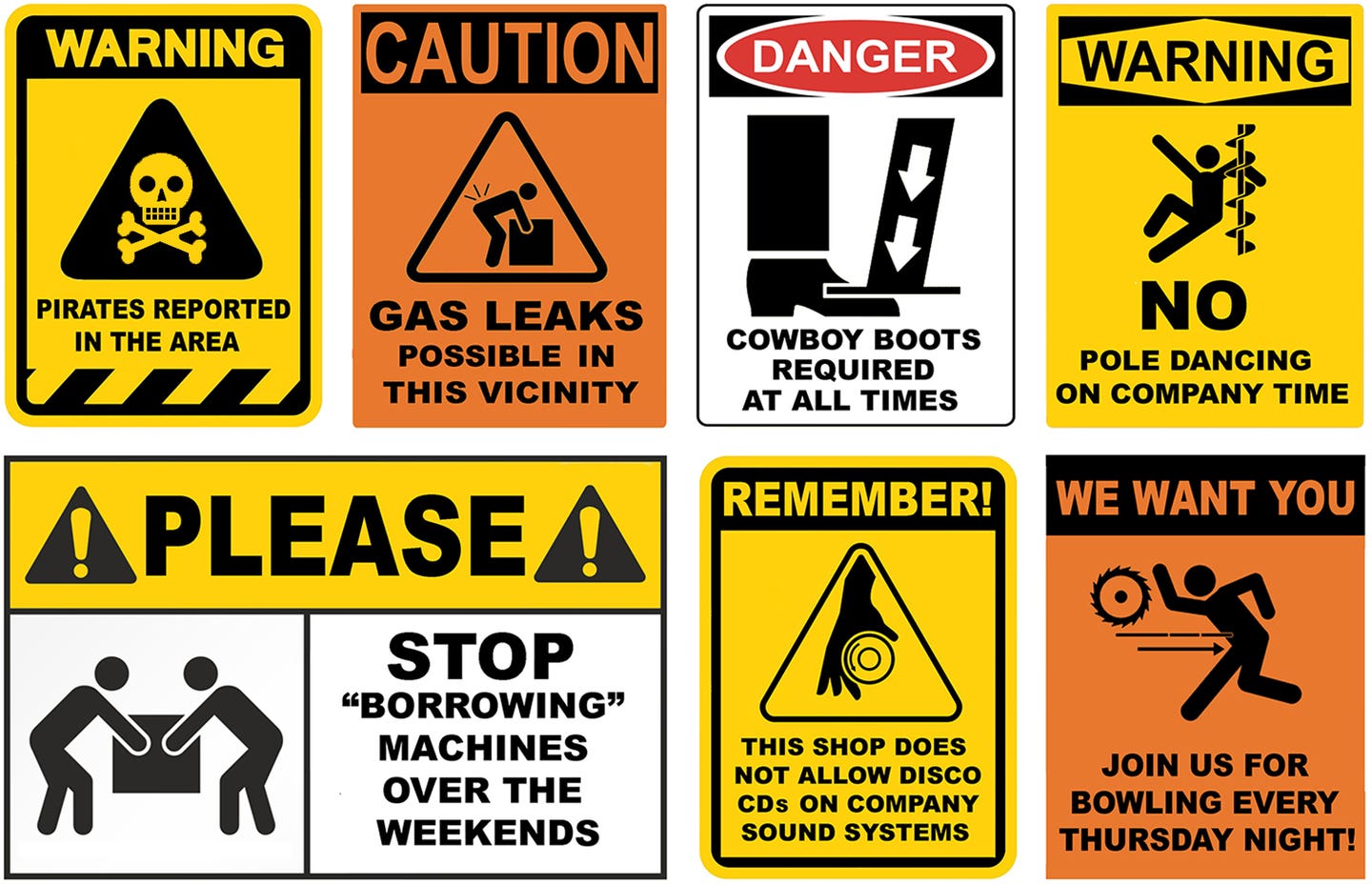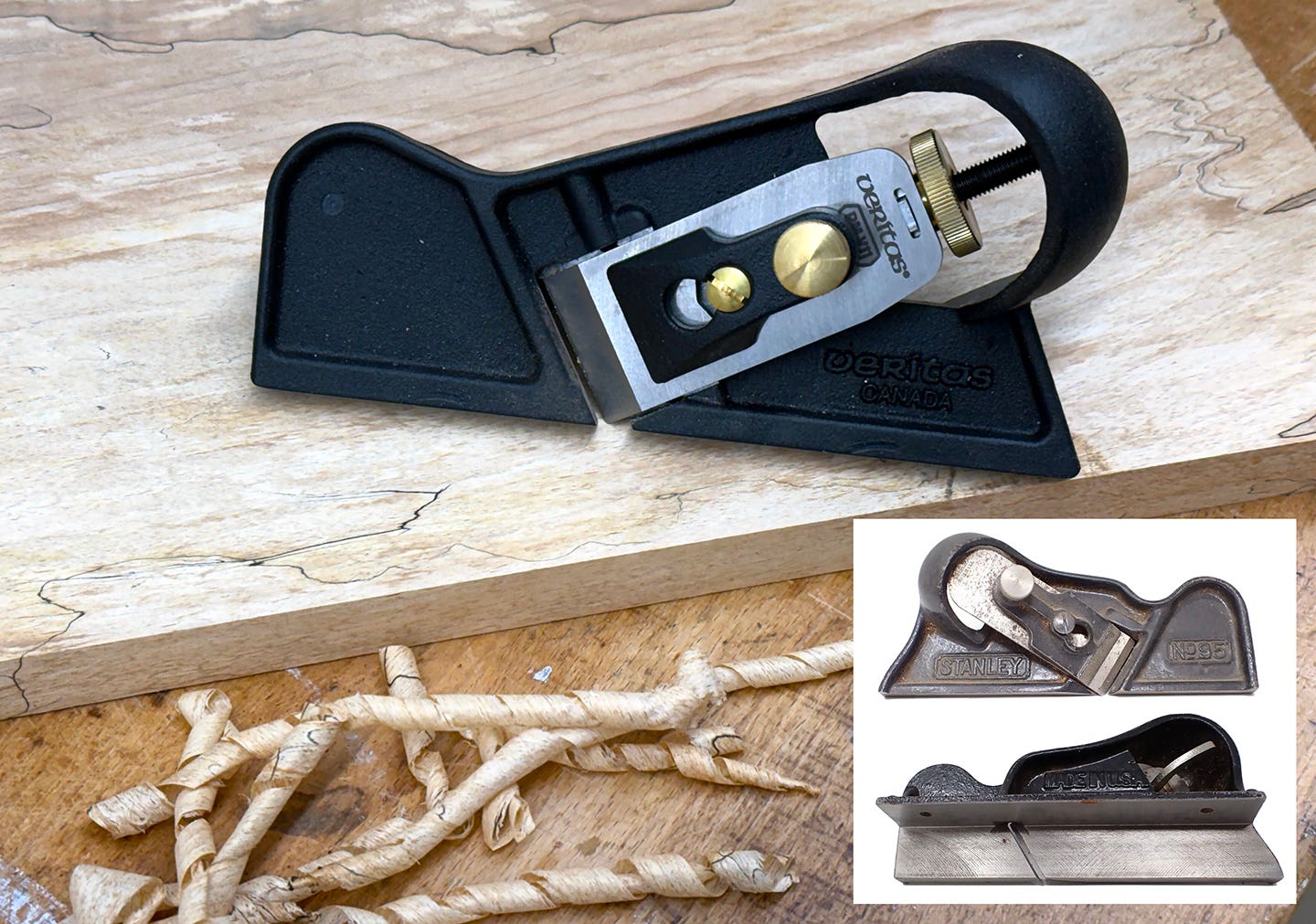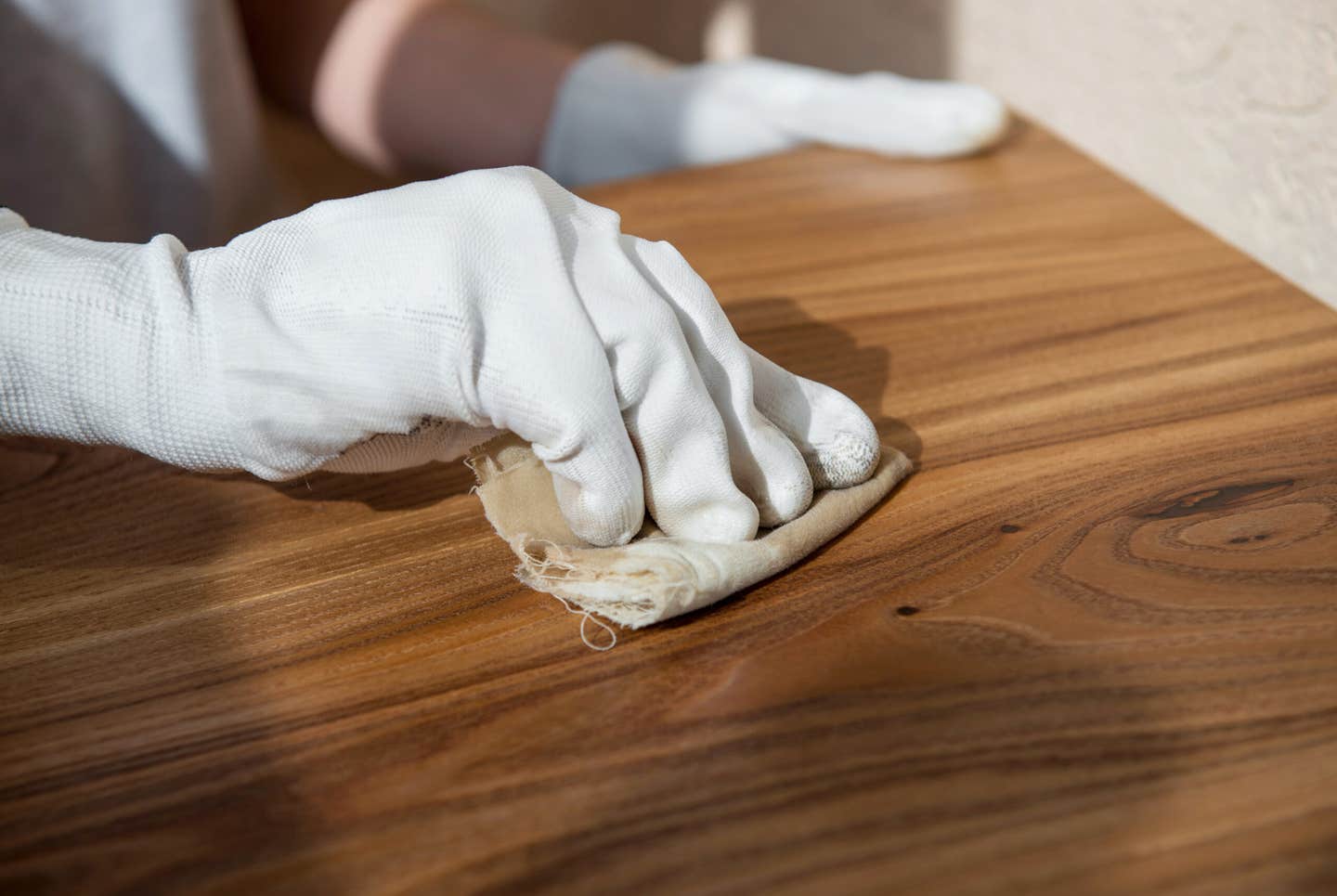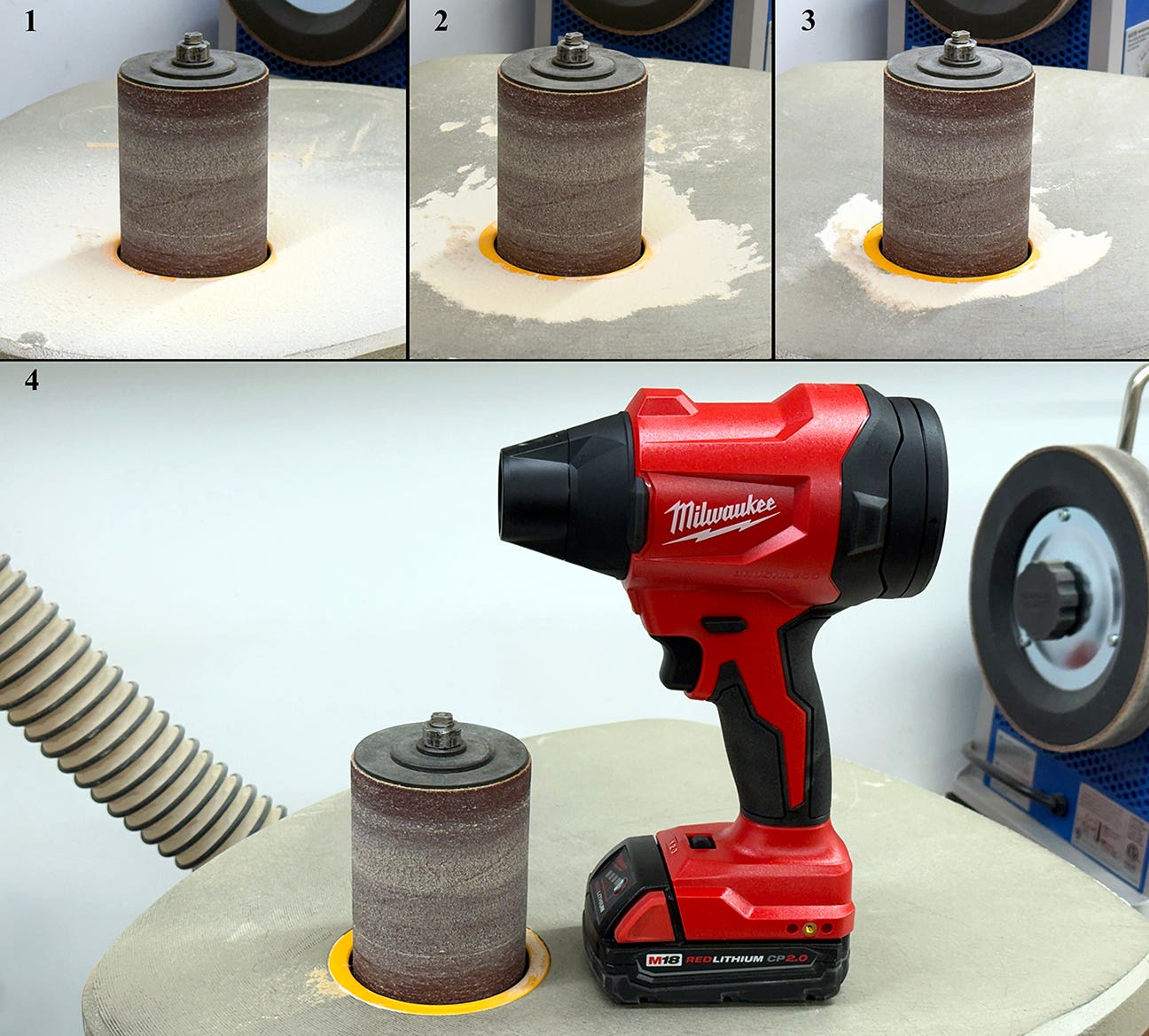Going green
Green is the “new black.” These days, everyone either wants to be green, is already “going green”, or (if you are really a “with it” trend setting type) have been…
Green is the "new black." These days, everyone either wants to be green, is already "going green", or (if you are really a "with it" trend setting type) have been green all along. So just what do we, as woodworkers, have to do to be green? Well, to begin with, we have to stop thinking is terms of the cliche and start taking a long hard look at the reality.
"Going green" is an acronym for running your shop in an environmentally conscientious (did you notice how I cleverly avoided using the word "friendly" there?) manner. If you are serious about doing this, it's going to involve a bit more than using "formaldehyde free" sheet stock for your cabinet parts. It's not going to be as simple as buying Lyptus instead of mahogany or using bamboo plywood.
There is no doubt that these things are good step in the right direction. But if you truly want your shop to have a "reduced carbon footprint" it's going to take a bit more effort.
Over the next several weeks I would like to discuss at least some of the many ways in which we as shop owners in a business that generally falls into the "hazardous" category according to most local codes, can become more environmentally conscientious. Input is welcome ...
D.D.
David DeCristoforo possesses an extensive resume as designer/maker of fine furniture, high-end cabinetry and architectural woodwork. His experience in professional woodworking spans a period of 35 years. For the past 20 years David DeCristoforo Design has been located in Woodland, California. During this time David's shop has ranged in scope from a "full on" cabinet production shop with as many as 15 employees to a small fine furniture and custom millwork shop, working with his son, David RBJ, a highly skilled maker in his own right.


